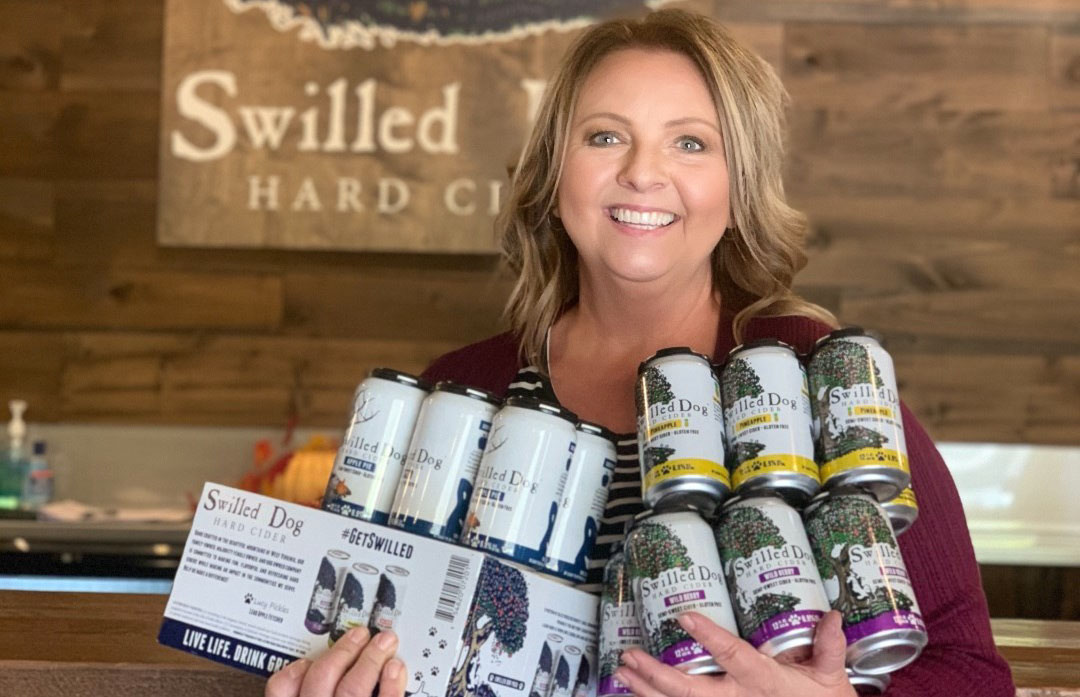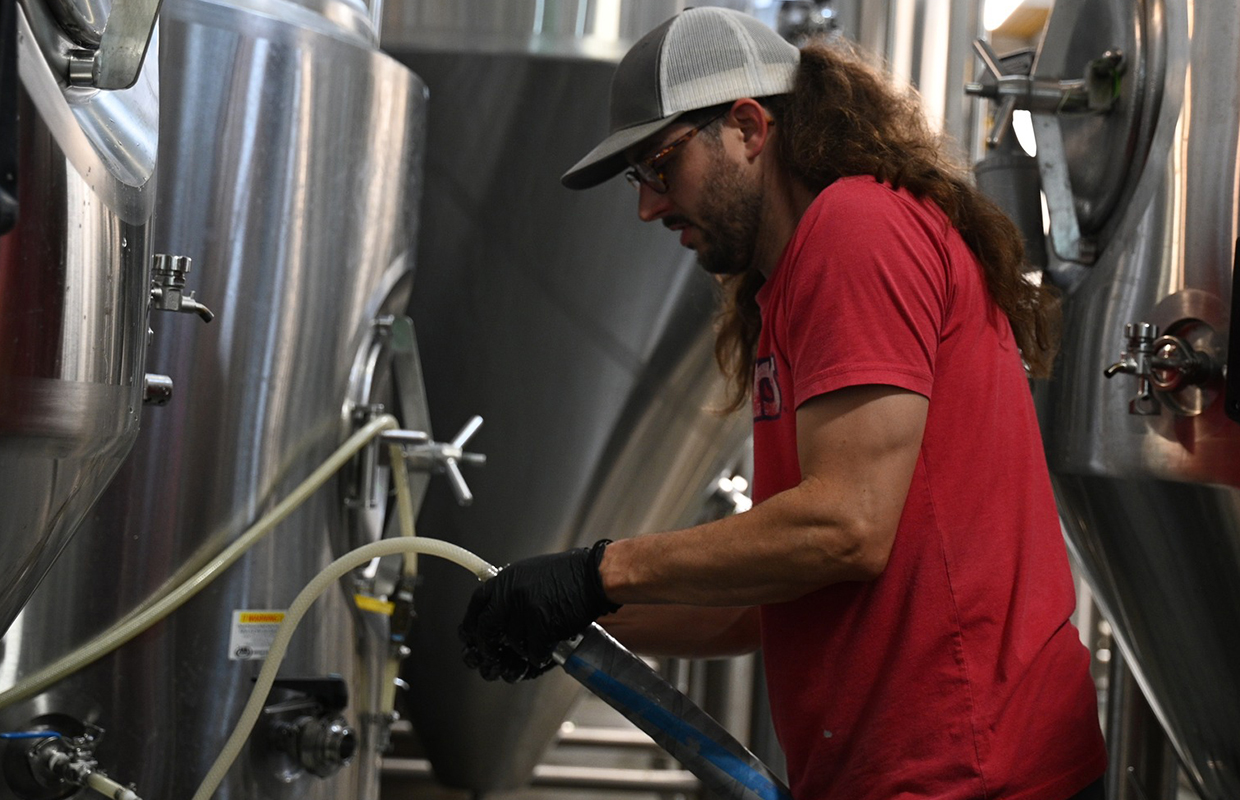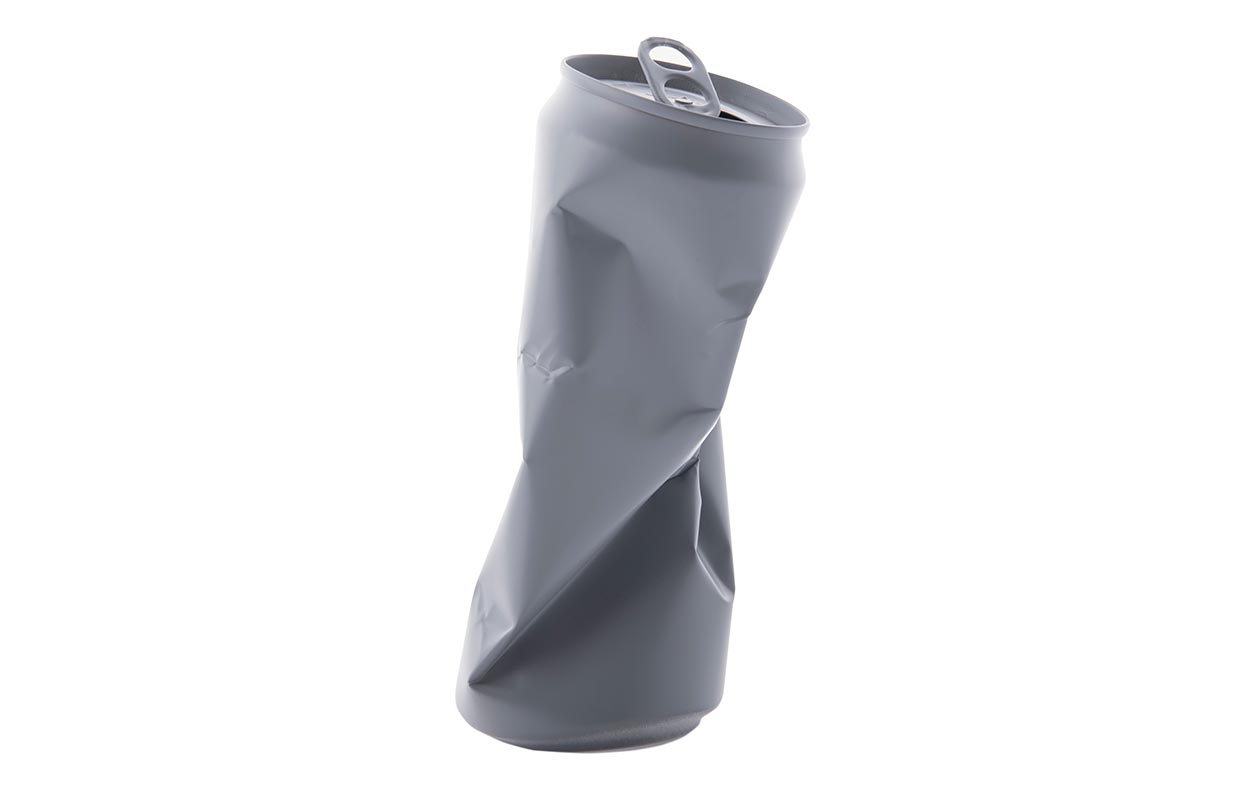
Cider packaging and labeling can be a challenge. Reading and comprehending all your state laws will take some effort, so make sure to set aside some time to read through and understand what needs to be done before planning the visual representation of your brand on an off-premise shelf.
“Cider often falls into a bit of in-between area when it comes to labeling requirements, which definitely requires in-depth knowledge of label rules and regulations, and constant consideration of how different formulas and ingredients will impact those label requirements,” admitted 2 Towns Ciderhouse Marketing Director Scott Bugni. “I’m not even going to try to summarize them all, but it’s definitely a challenge and one that is constantly evolving as the rules catch up to a better understanding of what craft cider is and where it falls in relation to other alcoholic beverages.”
Kim Kirk of Swilled Dog said her advice would be to start the process early so you have a chance to make a few rounds of edits.
“It is important to know that the little things matter — font size comes to mind here — and just making sure that basic requirements (like ABV and ingredients) are met,” Kirk said.
She did note that both the FDA and TTB are generous with their time and make sure to give good feedback on what needs to be fixed.
“They try to be helpful in getting you across the finish line so don’t worry if you don’t get it perfect the first time,” she said.
Using the FDA guidelines for a nutritional guide — which included ingredients and calories — along with TTB standards can be found on each website while the American Cider Association has a lot of resources to share as well.
“[They] offer training on this every year at CiderCon,” Kirk said. “We have been doing this so long that it’s become second nature so we don’t use a checklist. However, if we try something new, we always make sure to submit early in order to have time to make edits.”
Bugni said it’s pretty straightforward in that you just have to familiarize yourself with the TTB and FDA rules via their websites.
”There’s a lot of information on there, and it can be daunting to gain a clear understanding of it all in order to apply it toward your own labels, but there’s not any shortcut that we’ve found,” he said.
Beyond studying those resources, there’s also some additional learning from the application/approval process itself, as they give feedback on your applications.
When it comes to keeping tabs with a checklist of what is needed to be on a label, 2 Towns tries its best to keep a current list of applicable parameters to help determine where a particular product falls, and what is then required of its label.




Be the first to comment